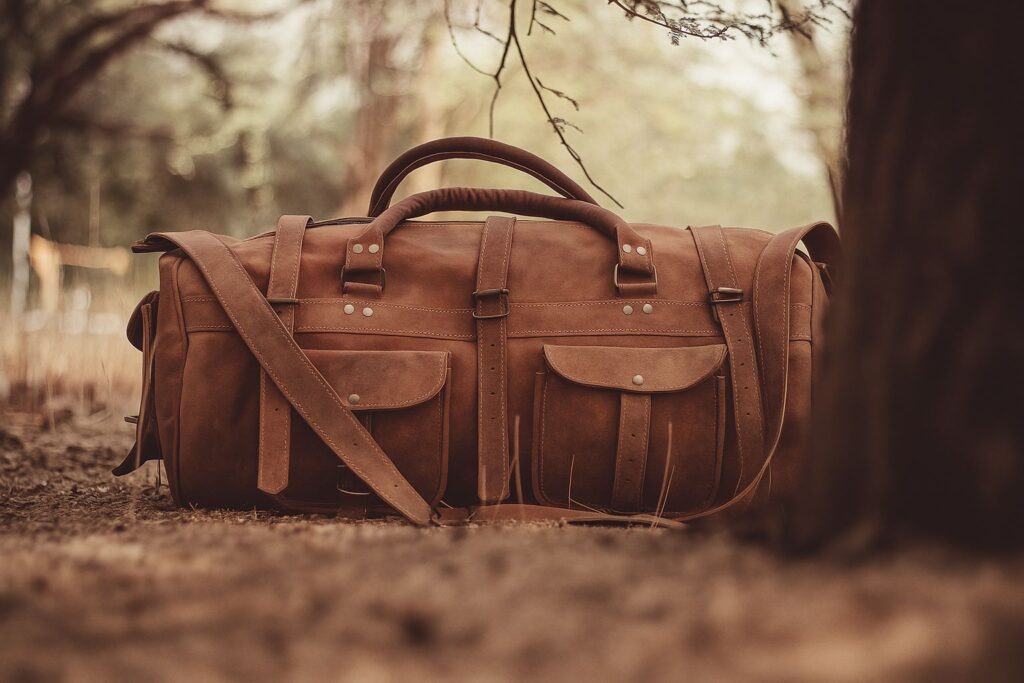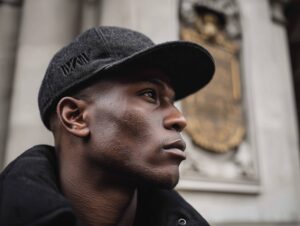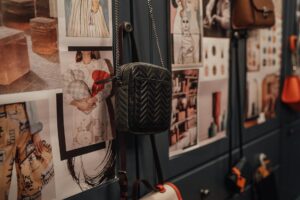Quick answer: Nubuck is real leather made from the outer, top-grain side of a hide, then lightly sanded on that grain surface to create a soft, velvet-like nap. It feels plush like suede but keeps more of the strength of the grain layer, which is why many buyers pick it for custom bags, jackets, and shoes.
Because it starts from the outer layer of the hide, it retains more of the grain structure than suede, which helps with strength and shape-holding in bags and apparel. If you want a soft touch without giving up too much durability, nubuck is a smart middle ground. Look for reputable tanneries and care with a nubuck-safe brush and protector.
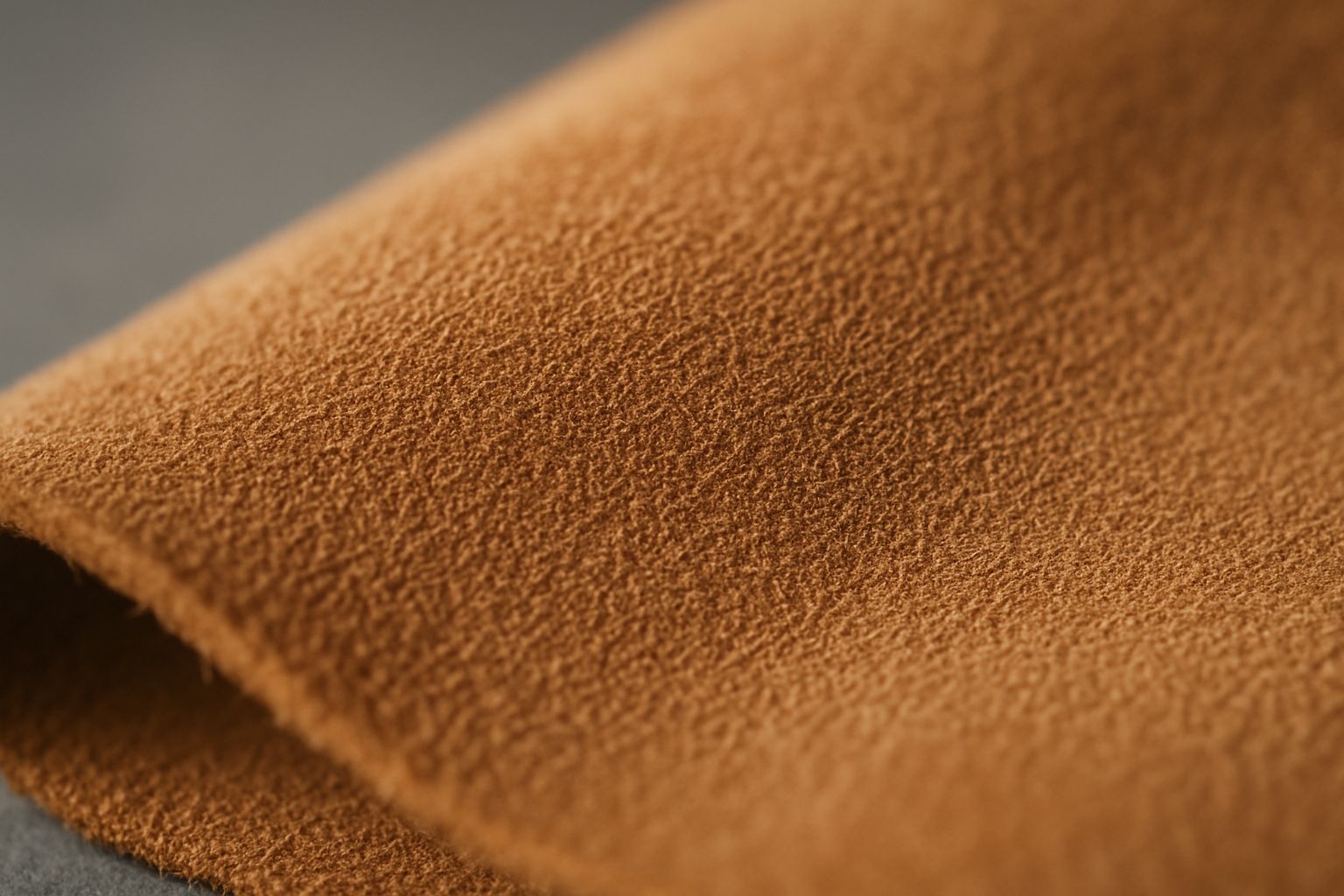
Nubuck vs. suede vs. full-grain vs. split leather
Nubuck vs suede. Both have a napped surface. The difference is where the nap comes from. Nubuck is buffed on the grain side (outside) of the hide; suede is buffed on the flesh side (inside), usually from split layers. This is why nubuck generally keeps more strength than suede.
Full-grain and top-grain. Full-grain means the outer grain is intact. Top-grain is a practical term for leathers taken from that outer cut; it may be left natural or lightly corrected. Nubuck is made from this outer section before the nap is created.
Split leather. When a hide is split into layers, the lower splits have no natural grain; these are often used for suede or coated splits.
Takeaway: If you want the soft look of suede with more structure for daily carry, nubuck is usually the better fit.
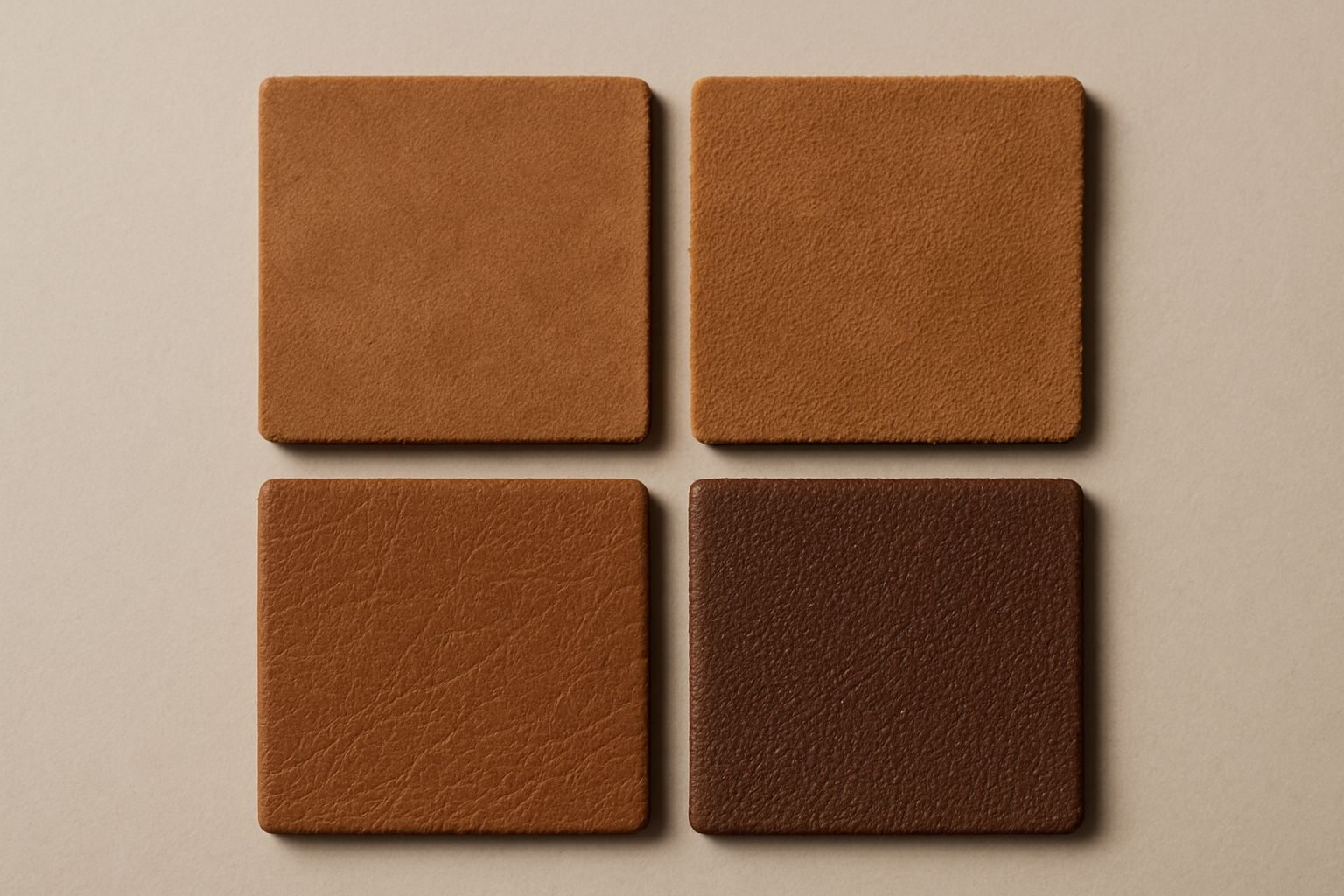
Pros and cons
Pros
Premium, velvety touch and depth of color.
Breathable and comfortable for wearables.
Ages with use and can develop character in high-contact areas.
Cons
Shows water marks and oil stains more readily than coated leathers.
Needs regular brushing and periodic protection.
Color can darken temporarily when wet.
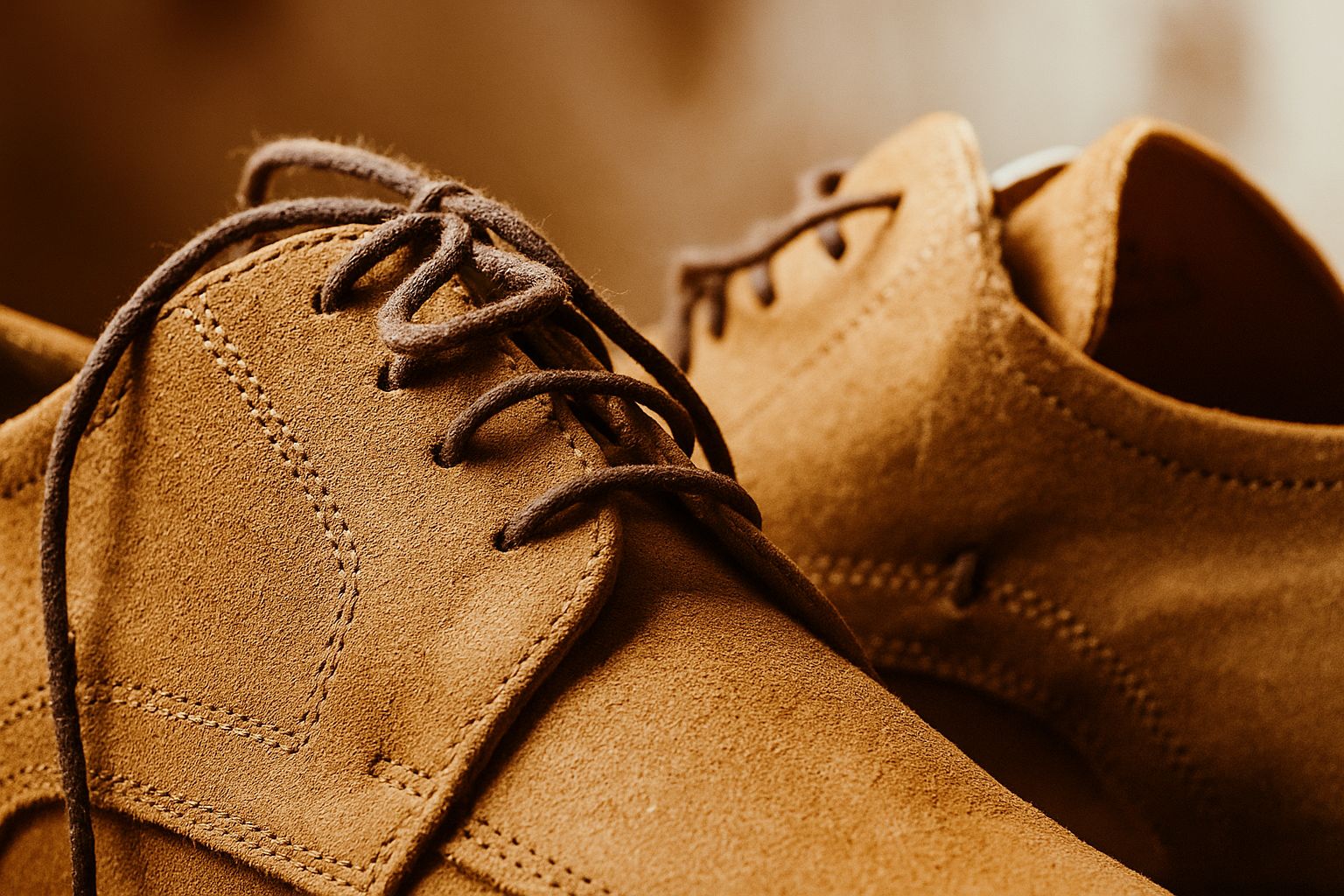
Nubuck leather care (simple, step by step)
- Dry brush regularly. Use a nubuck or soft-bristle brush to lift dust and refresh the nap. Brush in one direction, then back. This keeps the surface even and helps hide light scuffs.
- Protect before first use and after cleaning. Apply a nubuck-safe water and stain protector. Always spot test first on an interior patch. Protectors help water bead and make later cleaning easier.
- Deal with water. If the item gets wet. blot gently with a clean towel. Let it dry at room temperature, away from direct heat or sun, then brush to restore the nap.
- Treat spots conservatively. Start dry: use an eraser block made for nubuck, then re-brush. Avoid harsh cleaners or oily conditioners that can darken or flatten the nap.
- Store smart. Keep items in a breathable bag or box, stuffed to hold shape, away from heat and prolonged sunlight.
Cost and durability
Price varies by brand, tannery, and finish. Nubuck often sits above suede in price for fashion goods because it starts from top-grain and requires careful finishing, though market exceptions exist.
Durability comes from both the leather and the build. Designers validate leather performance with standardized tests: thickness measurement (ISO 2589), tensile strength and elongation (ISO 3376), and abrasion for upholstery leathers (ISO 17076-2 for Martindale). If you handle specifications, ask suppliers for test data tied to the relevant ISO or IULTCS methods.
Glossary
Top-grain: The outer part of a hide used for premium leathers.
Full-grain: Top-grain with the natural grain left intact.
Split leather: Lower layers after a hide is split; no natural grain.
Nap: The fine, raised surface of fibers that gives a soft, matte look.
How Modu Fashion Can Help
If you are planning a custom bag or apparel program with nubuck, we can help you match the right leather and finish to your use case.
Material selection: We source top-grain nubuck in multiple grades and finishes (classic nap, lightly protected, water-repellent options) from reputable tanneries.
Performance targets: We work with suppliers to obtain third-party test reports and specs for strength, abrasion, and colorfastness, and can align to your brand standards.
Prototyping and color: We support low-MOQ sampling so you can evaluate hand feel, nap, and dye tone before committing. Care guidance and finishing recommendations included.
Explore more leather options at Modu Fashion and tell us about your project needs:
Contact our team: Click here (If this page differs, use the Contact link in our site header.)
FAQs
Yes, it retains more of the grain structure than suede, which helps with strength. Construction quality still matters for long-term durability.
It can get wet. Blot moisture, dry at room temperature away from heat, then brush to restore the nap. Expect temporary darkening while it dries.
Nubuck is sanded on the grain side; suede is sanded on the flesh side, often from split layers. Nubuck usually offers more strength.
Use a nubuck brush, a dedicated eraser block, and a protector labeled for suede or nubuck. Avoid oily conditioners. Re-proof when water stops beading.
Yes. High-contact areas can smooth and darken over time, which many owners consider part of its charm.
Yes. Nubuck is made from the top-grain portion of real animal hide.
